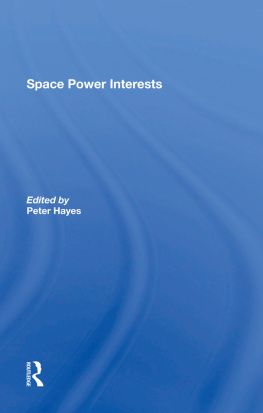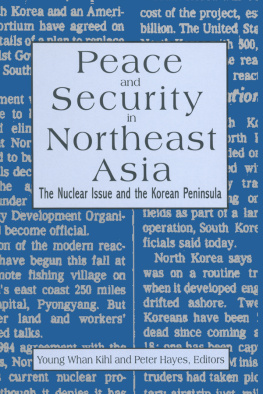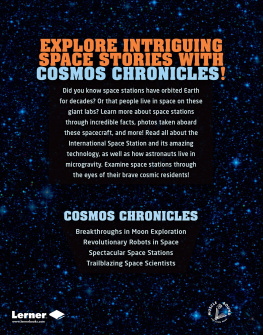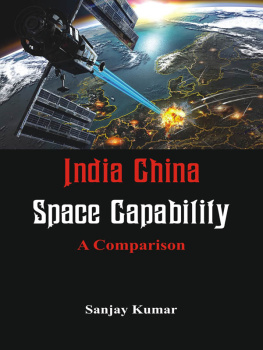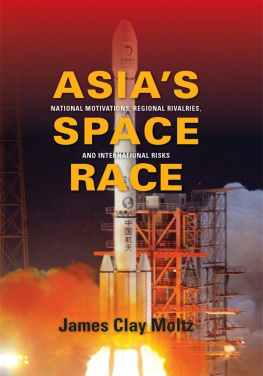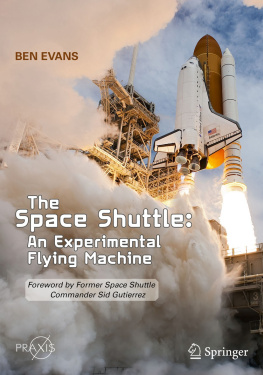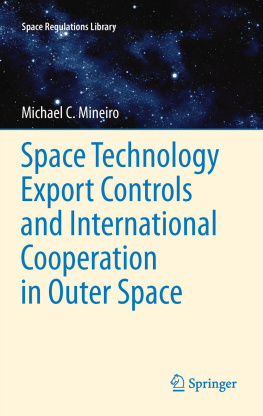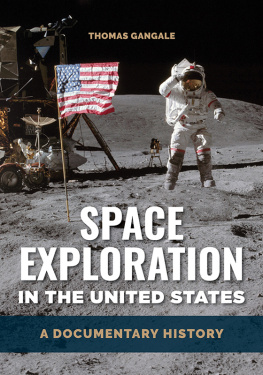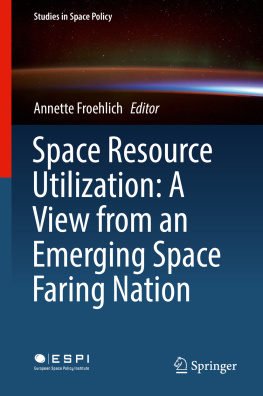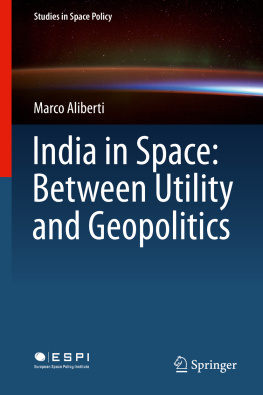First published 1996 by Westview Press
Published 2019 by Routledge
52 Vanderbilt Avenue, New York, NY 10017
2 Park Square, Milton Park, Abingdon, Oxon OX14 4RN
Routledge is an imprint of the Taylor & Francis Group, an informa business
Copyright 1996 by The Nautilus Institute for Security and Sustainable Development, except for Chapter 9, which is copyright Lora Lumpe
All rights reserved. No part of this book may be reprinted or reproduced or utilised in any form or by any electronic, mechanical, or other means, now known or hereafter invented, including photocopying and recording, or in any information storage or retrieval system, without permission in writing from the publishers.
Notice:
Product or corporate names may be trademarks or registered trademarks, and are used only for identification and explanation without intent to infringe.
A CIP catalog record for this book is available from the Library of Congress.
ISBN 13: 978-0-367-28850-1 (hbk)
Peter Hayes
In this book, we ask the simple question: can the world avoid the proliferation of long range missiles in forthcoming decades? In part, this question arises because many medium and small states are industrializing rapidly, implying the equally rapid diffusion of basic technological capabilities required to exploit space--including booster rockets known as space launch vehicles (SLVs). In many respects, SLVs are identical to intercontinental ballistic missiles. Which states then might seek to acquire independent SLV capability, and of these states, which might have the requisite financial means and technological prowess to pursue this option?
Gaining an SLV capability, however, is only one route to achieving de facto intercontinental ballistic missile (ICBM) technological capability. Others-as shown in --are indigenous missile production, modification of purchased missiles, outright purchase of missiles, purchase of warheads avoiding need for a local development program, overlapping SLV and missile programs, and underlying each of these paths, the necessary financial wherewithal.
Five sets of actual or potential missile proliferating states may be identified by applying these missile proliferation technology paths to observed proliferation activity, as is shown in . (As is evident, there are no cases as of 1993 of states buying warheads of mass destruction; and, by definition, all these states found proliferation to be affordable. By implication, the same applies to states posited to proliferate long range missiles in 2000 and 2010.)
In , a scenario is shown in 2010 as to which pathways various states might have travelled to obtain long range missiles. In this view, the SLV route is likely to be a critical pathway for states pursuing a long range missile capability--especially in Asia with its many latecomers to industrialization--given the enhanced controls on the more direct routes to producing, modifying, or buying long range missiles, combined with the value of independent access to space for wealthy states. Yet of the seven prospective ICBM-capable states in this region, only two (China and Japan) are formally committed to the Missile Technology Control Regime (or MTCR), itself an informal arrangement.
Routes to Long Range Ballistic Missile Capability
| 1. Indigenous BM Production |
| Technological: guidance, control, propulsion, structures, materials |
| Human resources: scientists and engineers |
| Facilities: laboratories, ground and flight testing |
| 2. Modification of Purchased BMs |
| Technological: refit guidance and control systems; testing |
| 3. Purchase of BMs |
| Competent military |
| 4. Production or Purchase of Space Launch Vehicle |
| Technological: reentry vehicle, heat shields, tracking and control |
| 5. Warheads |
| Technological: biological, chemical, nuclear |
| 6. Overlapping, opaque SLV orbital launch and BM programs |
| 7. Funding |
| Thresholds |
| Military expenditure |
Notes: BM = ballistic missile; SLV = space launch vehicle
States Armed, Equipped, or Capable of Fielding Long Range (> 1,000 km) Ballistic Missiles (1993, 2000,2010)
| Route to BM Capability | Time | Armed, Equipped, Capable States |
|---|
| A. Armed | 1993 | China, France, Russia, United Kingdom, United States |
| Equipped | 1993 | Belarus, Khazakstan, Ukraine |
| B. Indigenous | 2000 | Brazil, India, Germany, Italy, Israel, Japan, Sweden |
| BM Prodiction | 2010 | Argentina, Israel, S. Korea, S. Africa, Taiwan |
| C. Modification | 2000 | Iran, N. Korea, Pakistan |
| of BM Imports | 2010 | Egypt, Libya, Syria |
| D Purchase | 1993 | Saudi Arabia |
| of BM | 2000 | Argentina, Egypt, Iran, Iraq, Syria |
| E. Hybrid of | 1993 | India, Israel, Japan |
| BM routes | 2000 | Argentina, Brazil |
| + SLV Production or Purchase | 2010 | Pakistan, S. Korea, S. Africa, Taiwan, Ukraine |
Key: BM = ballistic missile; SLV = space launch vehicle Note: By 2000, North and South Korea may be reunified; by 2010, it is likely. Source: Proliferation Study Team, The Emerging Ballistic Missile Threat to the United States, report to US Department of Defense, February 1993.
Unfortunately, some of these states are involved in regional conflicts and their elites have exhibited great power aspirations. Thus, there is a prima facie concern that the MTCR may be unable to constrain actual or latent ICBM proliferation.
Ballistic Missile Candidate States, 2010

Financial Threshold for Nuclear-Armed, Long-Range, Missile-Capable States
| Program | | |
|---|
| 10-20 nuclear warheads per year over 5 years | | |
|---|
| Suite of short/medium range air and missile delivery systems, including IRBM/ICBM |
|---|
| Element of Cost | Estimated Annual Cost Billion US$ | Estimated Five Year Cost: Billion US$ |
|---|
| (a) Warhead RD@D: 10-20/year | 0.2 | 1.0 |
| (b) Acquisition of strike bombers and short range ballistic missiles | 0.3 | 1.5 |
| (c) Infrastructure, training, radar | 0.2 | 1.0 |
| (d) Indigenous BM #x003E; 1,000 km | 0.4 | 1.0 |
| Total | 1.1 | 4.6 |
| Threshold Program Expenditure | 1.0 | 5.0 |
Sources: G. Rochlin, The Development and Deployment of Nuclear Weapons Systems in a Proliferating World, in J. King ed, International Political Effects of the Spread of Nuclear Weapons, Central Intelligence Agency, April 1979, pp. 20-21; C. Wolf et al, Long-Term Economic and Military Trends, 1950-2010, Rand N-2757-USDP, April 1989; Stockholm International Peace Research Institute, SIPR1 Yearbook 1992, Oxford University Press, New York, 1992, Table 7A2, pp. 259-263; S. Meyers, The Dynamics cf Nuclear Proliferation, Chicago University Press, Chicago, 1984, pp. 38-40; Proliferation Study Team, The Emerging Ballistic Missile Threat to the United States, report to US Department of Defense, February 1993, pp. 7-8.

